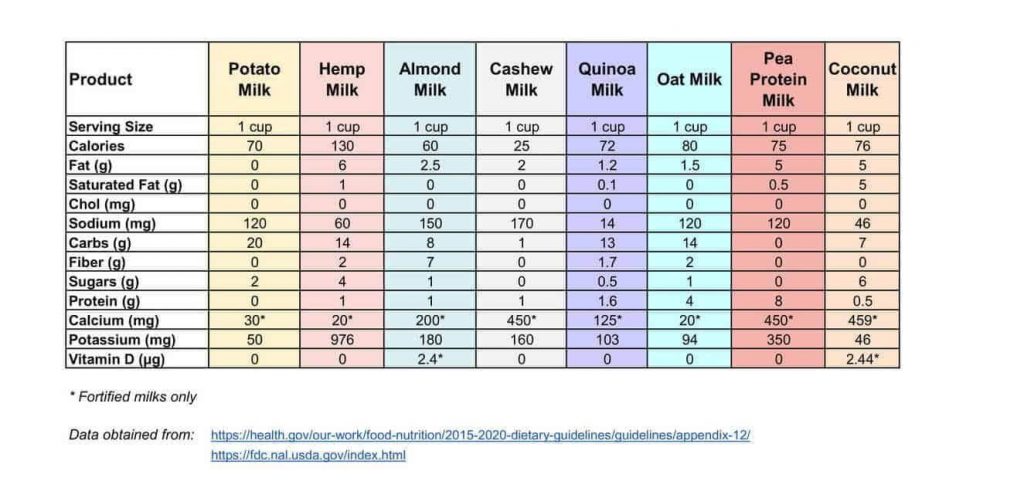According to ancient records passed down through the centuries, the making of cheese dates back more than 4,000 years.
No one really knows who made the first cheese. According to an ancient legend, it was made accidentally by an Arabian merchant who put his supply of milk into a pouch made from a sheep's stomach, as he set out on a day's journey across the desert. The rennet in the lining of the pouch, combined with the heat of the sun, caused the milk to separate into curd and whey. That night he found that the whey satisfied his thirst, and the cheese (curd) had a delightful flavor which satisfied his hunger.
http://splen.sakura.ne.jp/project/trac.cgi/ticket/2798
Travelers from Asia are believed to have brought the art of cheesemaking to Europe. In fact, cheese was made in many parts of the Roman Empire when it was at its height. The Romans, in turn, introduced cheesemaking to England. During the Middle Ages-from the decline of the Roman Empire until the discovery of America-cheese was made and improved by the monks in the monasteries of Europe. For example, Gorgonzola was made in the Po Valley in Italy in 879 A.D., and Italy became the cheesemaking center of Europe during the 10th Century. Roquefort was also mentioned in the ancient records of the monastery at Conques, France as early as 1070.
http://splen.sakura.ne.jp/project/trac.cgi/ticket/2799
Cheesemaking continued to flourish in Europe and became an established food. In fact, the Pilgrims included cheese in the Mayflower's supplies when they made their voyage to America in 1620. The making of cheese quickly spread in the New World, but until the 19th century it remained a local farm industry. It wasn't until 1851 that the first cheese factory in the United States was built by Jesse Williams in Oneida County, New York.
http://splen.sakura.ne.jp/project/trac.cgi/ticket/2800
As population across the United States continued to grow dramatically, the demand for cheese increased and the industry gradually moved westward, centering on the rich farm lands of Wisconsin. In 1845, a band of Swiss immigrants settled in Green County, Wisconsin and started the manufacturing of foreign cheese in America. Most Wisconsin farmers began to believe that their future survival was tied to cheese and their first factory was a Limburger plant which opened in 1868.
http://splen.sakura.ne.jp/project/trac.cgi/ticket/2801
The wholesale cheese industry was thus born and showed phenomenal growth during the latter half of the 1800s. By 1880 there were 3,923 dairy factories nationwide which were reported to have made 216 million pounds of cheese that year valued at $17 million. This represented almost 90 percent of total cheese production that year. By the turn of the century, farm production of cheese had become insignificant.
http://splen.sakura.ne.jp/project/trac.cgi/ticket/2802
The 1904 census reported only factory output, which totaled over 317 million pounds. As cheese demand continued to grow and spread rapidly, manufactured and processed cheese production increased dramatically. Total natural cheese production grew from 418 million pounds in 1920 to 2.2 billion pounds by 1970. Rising demand for cheese throughout the 1970s and 1980s brought total natural cheese production to more than 6 billion pounds by the beginning of the 1990s. Processed cheese also experienced a surge in consumer demand with annual production exceeding 2 billion pounds a year by the beginning of the 1990s.
http://splen.sakura.ne.jp/project/trac.cgi/ticket/2804
Currently, more than one-third of all milk produced each year in the U.S. is used to manufacture cheese. Recent increases in the overall demand for farm milk have in large part been due to the continued growth of the cheese industry. As consumer appetites for all types of cheese continue to expand, so will the industry.
http://splen.sakura.ne.jp/project/trac.cgi/ticket/2805
WASHINGTON, Aug. 19, 2021—The International Dairy Foods Association (IDFA) is seeking nominations for three top awards presented annually to leaders in the dairy industry. Nominations open today and will close on Friday, Oct. 29. Winners will be announced and recognized at Dairy Forum 2022 in Palm Desert, Calif. Nominations are now open for the following awards: The IDFA Laureate Award, the 2022 Innovative Dairy Farmer of the Year Award, and the IDFA Food Safety Leadership Award.
The IDFA Laureate Award
The third annual IDFA Laureate Award will be given to an outstanding leader in the dairy industry who has made significant, prolonged contributions to the development and growth of the dairy industry. Candidates from all segments of the dairy industry – milk, cheese, ice cream, yogurt and cultured products, ingredients – as well as suppliers and academia are eligible for the award. The awardee will be chosen by a panel of industry professionals based on the nominee’s overall career achievements. The awardee will be recognized during Dairy Forum 2022. The deadline for submitting nominations is Oct. 29, 2021.

Comments
Post a Comment